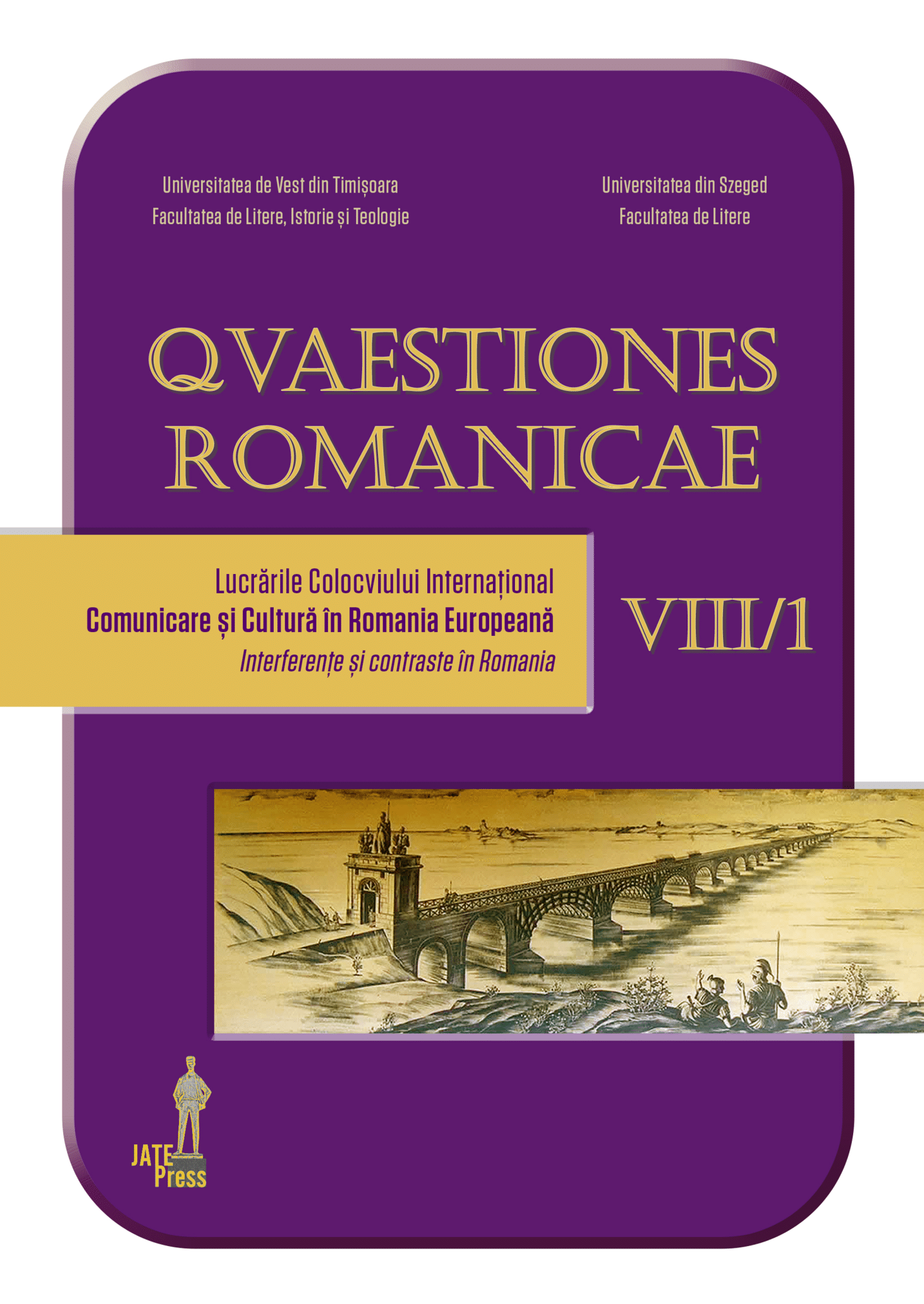Simbioza formelor de guvernământ în Roma antică în viziunea lui Polybios
The Symbiosis of the Forms of Government in Ancient Rome and Their Recovery in a Modern Age
Author(s): Theodor GeorgescuSubject(s): Language and Literature Studies
Published by: Universitatea de Vest din Timişoara
Keywords: Rome;Polybios;anakyklosis;forms of government;democracy;
Summary/Abstract: The main forms of government in Greece (monarchy, tyranny, aristocracy, oligarchy, democracy and anarchy) were synthesized in an almost perfect symbiosis in the Roman world when the Roman republic was established. This was the vision of the Greek historian Polybios in the 2nd century BC, captured by the Romans after the conquest of Greece. However, he quickly became an admirer of the Roman power and composed a "pragmatic" History in which he proposes to explain the miracle by which Rome, in less than 53 years (220 and 168 BC), imposed its power over the world known by then. This theory of governing forms, known as anakyklosis, has been dealt with by the historian in the sixth book of his Histories, apart from the rest of the events. He considers that each of the six forms of government has three moments (ascension, apogee and decline) and that the transition from one to the other occurs naturally. Rome in turn succeeded in stopping this cyclicality and imported only the three forms of "good" government (monarchy, aristocracy, democracy). Rome has transformed them into levels of power that are controlled by each other in order not to exhaust a slip. From this Roman synthesis it is also derived the political system of European democracies.
Journal: Quaestiones Romanicae
- Issue Year: VIII/2020
- Issue No: 1
- Page Range: 114-120
- Page Count: 7
- Language: Romanian

